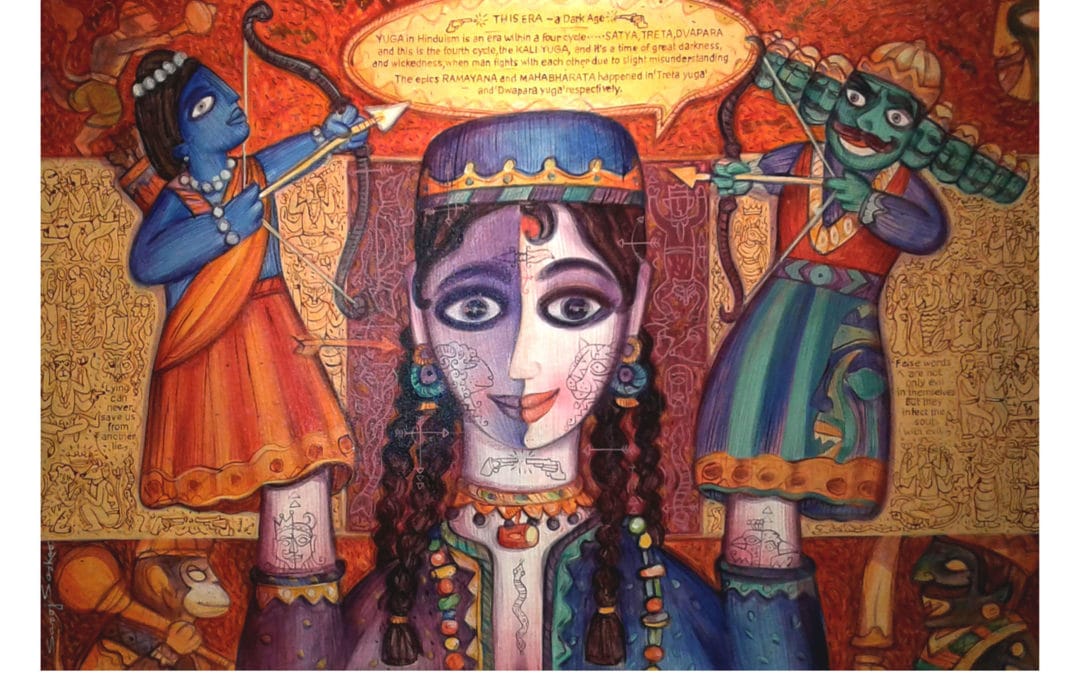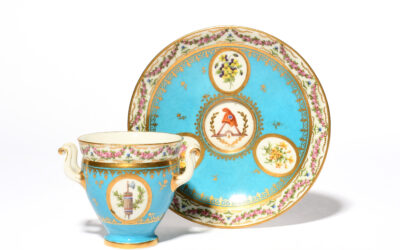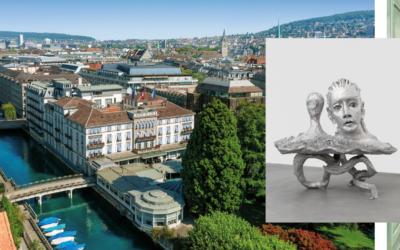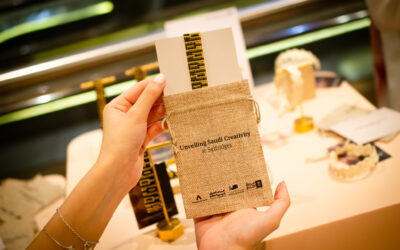Saroj Sarkar a Kolkata based artist was born in 1957, at Balurghat, a sub divisional town in South Dinajpur, West Bengal. After being formally trained in art he took up painting as a profession. “From the early stage, I was very interested in different mediums of art like, drawing, painting, graphics, advertising, design, Story Book illustration, book publishing design, photography, interior design etc. I used to work as a creative director in advertising and alongside I kept practicing art and displaying my art works in major cities of India and also abroad,” he says. He has visited different cities and art galleries in Europe – Paris, London, Amsterdam, Belgium, Italy, Austria, Switzerland and Bangladesh.
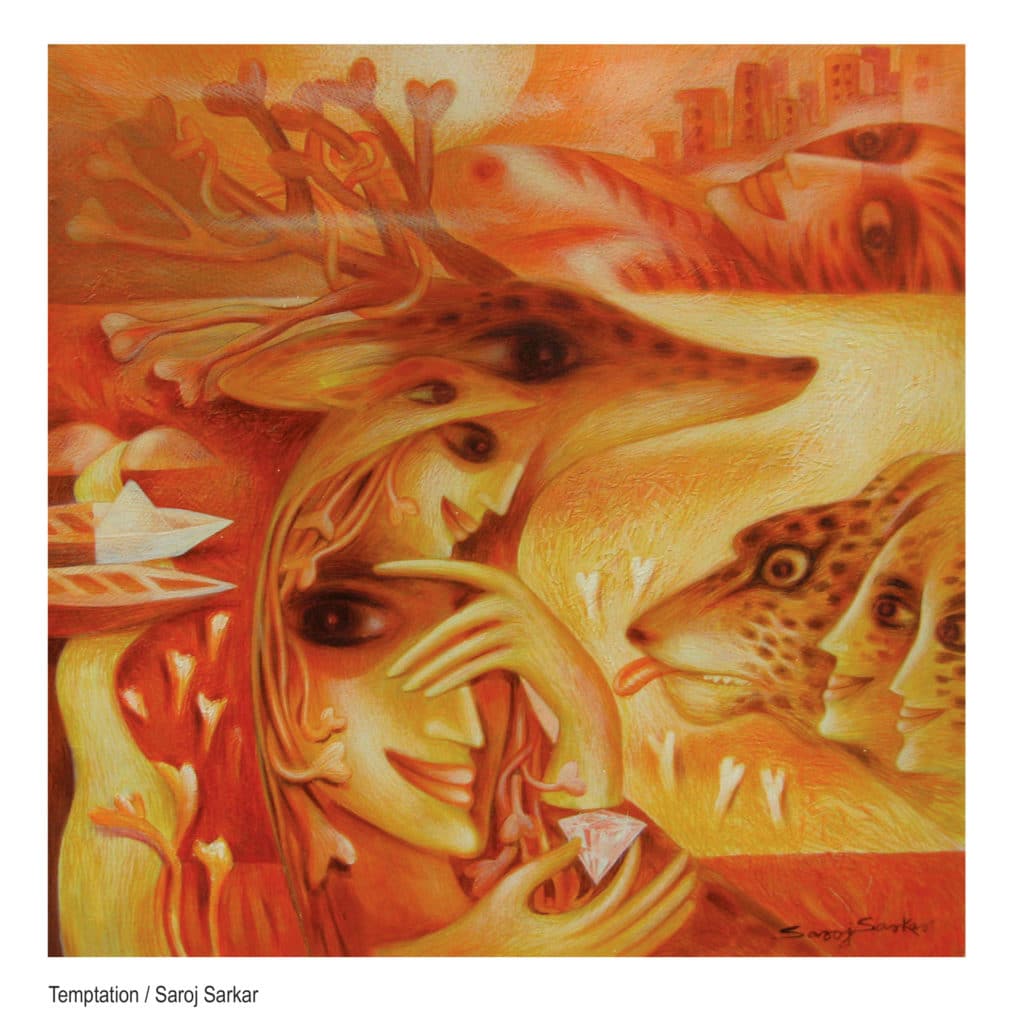
What’s integral to the work of an artist?
Artists make a visual record of the people, places and events of their time and place. … art allows our minds to enter into a childlike wonder. Paintings are windows to the imagination. Did you know the act of drawing and creating art can help society to relieve stress? Also, art improves students in their personal, intellectual and social development. Artists make functional objects and structures (buildings) more pleasurable and elevate them or imbue them with meaning.
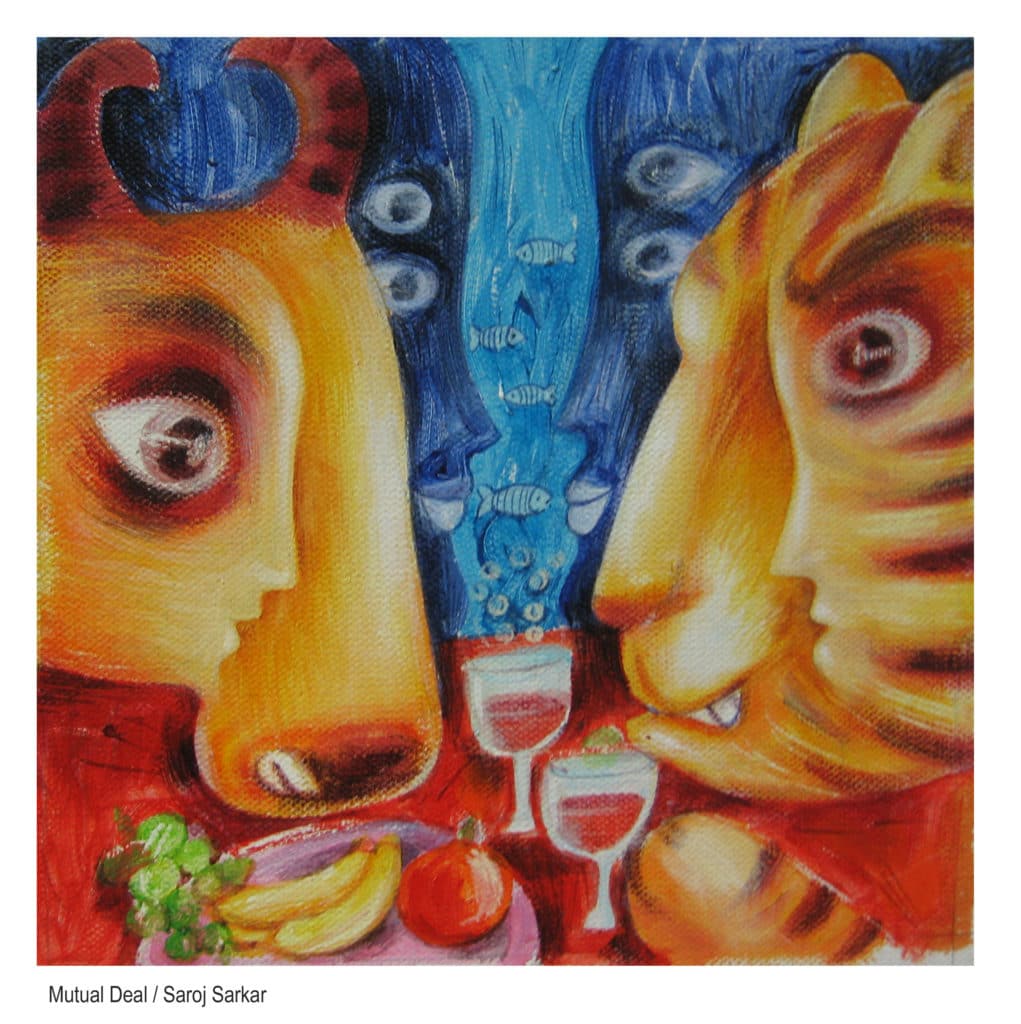
What role does the artist have in society?
Artists are a vehicle for expressing universal emotion. Art is about connecting with people’s emotions. It’s personal and at the same time universal. An artist has the ability to ‘feel strongly’ to be ‘sensitive’ to things and express this in the paint, gesture, or color. The artist ‘absorbs’ the atmosphere of a place or the memory of a feeling. Sometimes, it’s a burden for the artist to carry all the emotion – to be so sensitive. I believe that the artist’s role, above all things, is to be as true to themselves as they can — within society, the community and the world at large. This sounds like cliché, but is in itself much harder than it seems.
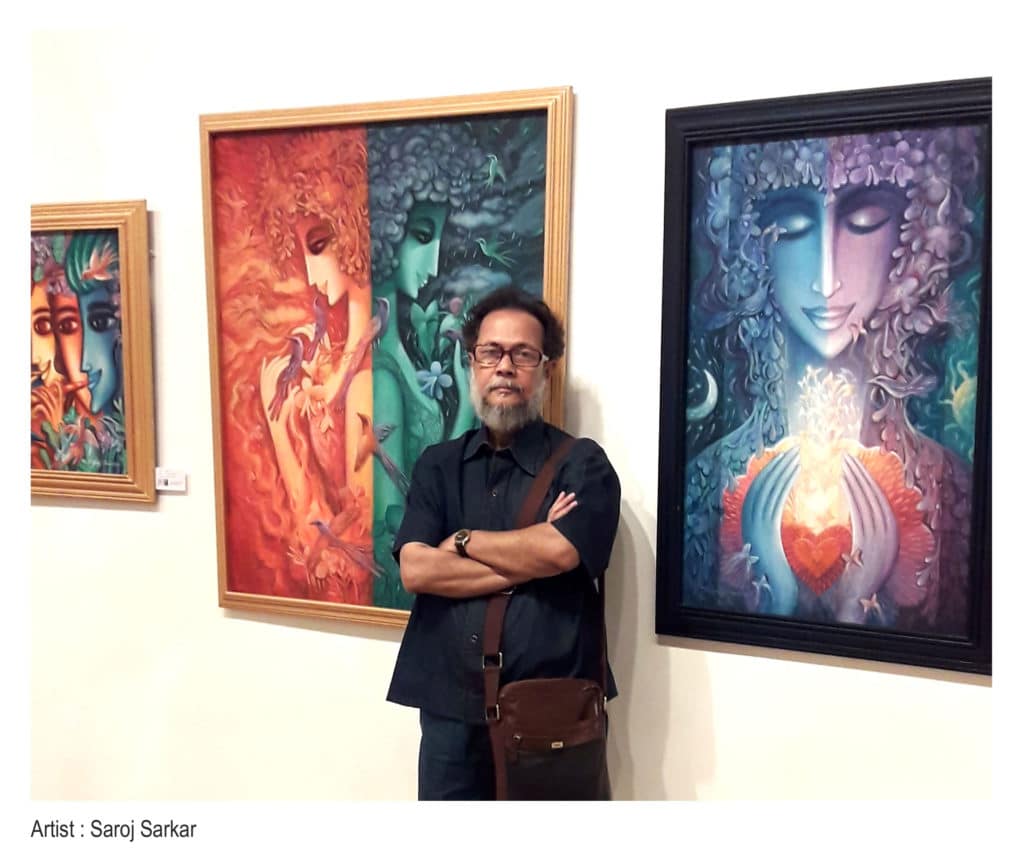
What art do you most identify with?
My work is narrative, drawing base. Sometime it’s figurative and I always try to carry a positive message for society.
What themes do you pursue?
My imagination of work is to interpret contemporary subjects that capture ‘ what is happening in reality today and what will happen (may be) in the next millennium’. All concepts are a little bit humorous and surreal but related to reality. In that lucid moment I paint my canvases and capture rhythm of colours with meanings. My quest is to delve into this eternal rhythm and find meanings that give clarity to shapes and forms. My paintings are like music set to a beat. Each one of them promises to create a rhythmic contemporary small story.
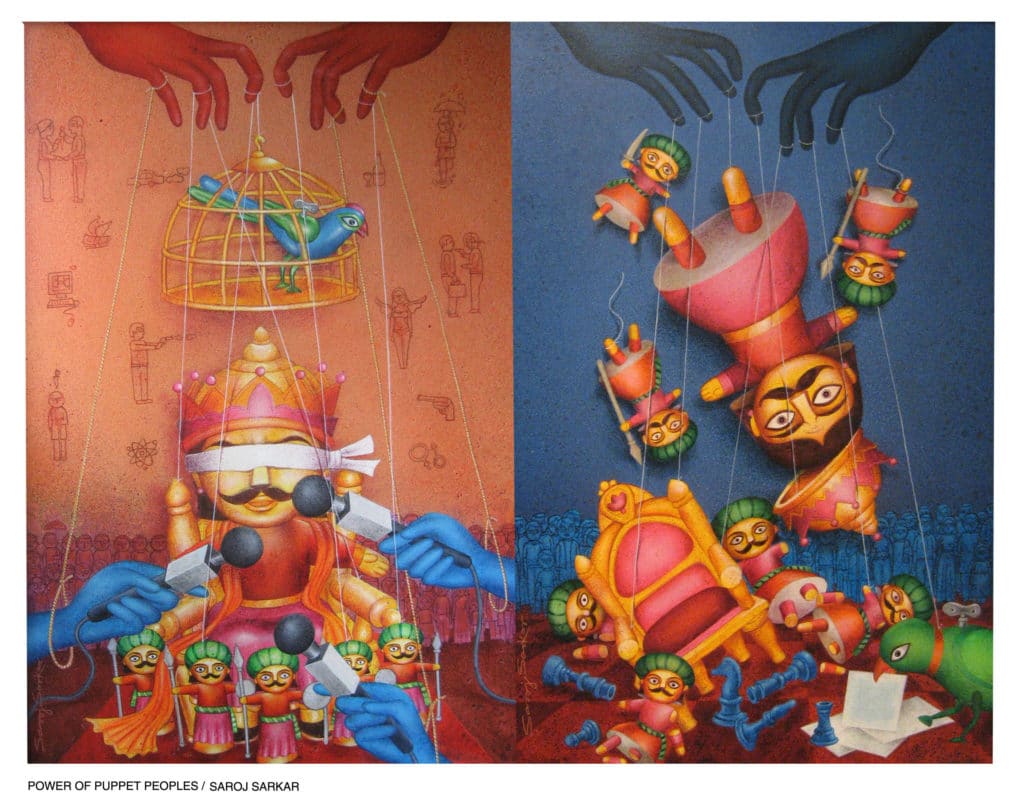
What jobs have you done other than being an artist?
Social service, it’s very common for everyone but I’m trying to do it through my painting. My painting concepts are connected to some negative or positive activity in our society. I have tried to explore the darker sides of society and I have used those themes in my paintings. My artworks give a positive message to human society.
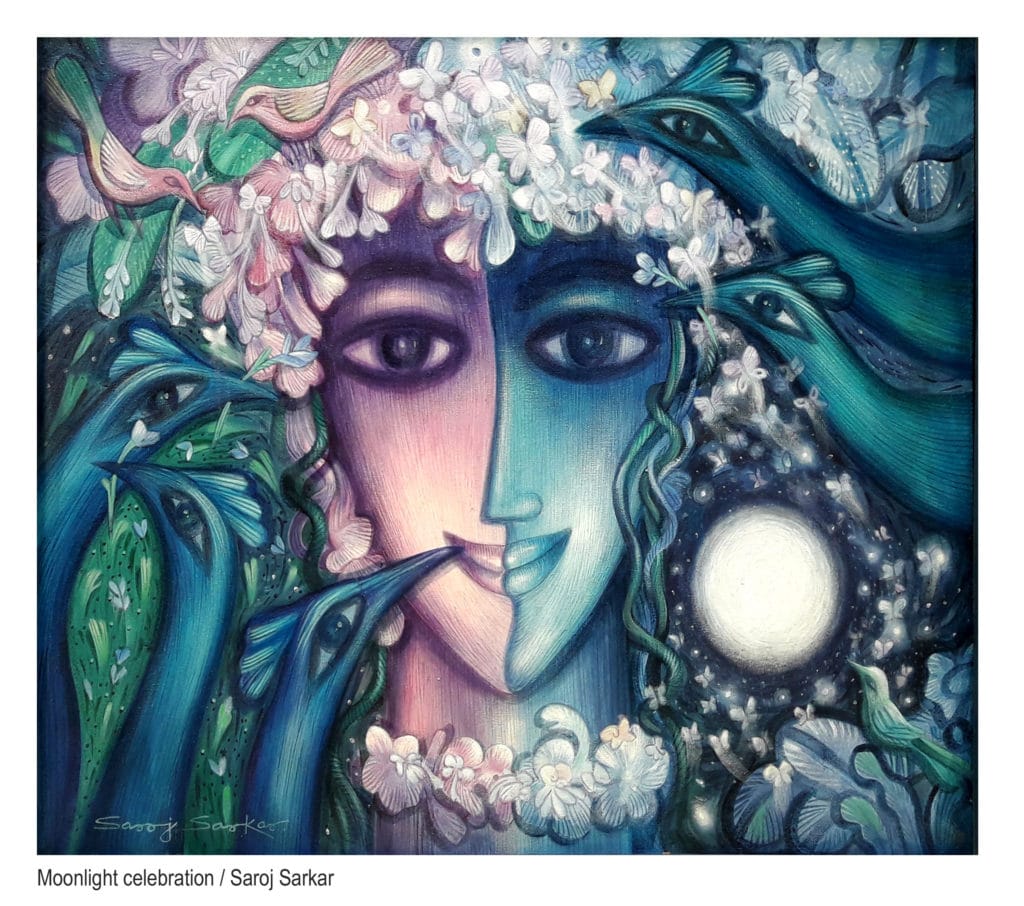
Why art?
That’s a very good question. I didn’t know why art. However, I can say that I have been fascinated by any art form since childhood. Nature and the forms of trees, leaves, and flowers attracted me and I was also attracted to make dolls, Durga Thakur from clay. Slowly I started to draw something in my school notebook. I remember the drawing subject was Goddess-Lakshmi . I had no colour box that time, so I used ‘turmeric paste’ for yellow colour, ‘Puni palang beech’ for pink color and charcoal for black color. One day my father bought a ‘color box’ for me. And I was thrilled to see that color box. This is my first experience of getting ‘color kits’ and I started drawing and colouring individually in my free time. Maybe that was the beginning of the love for art and eventually that childhood hobby became my profession in life.
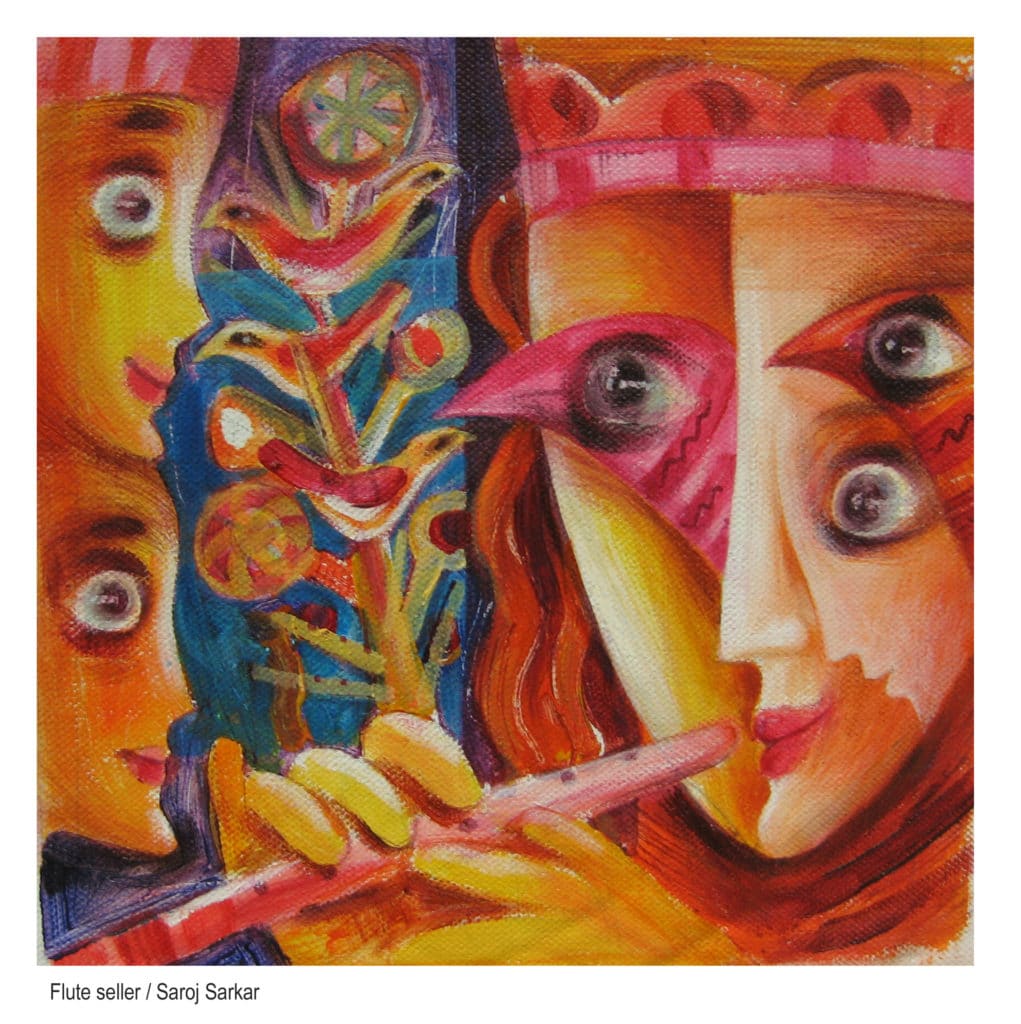
What memorable responses have you had to your work?
Yes, I have some memorable experiences in my life, once a very ordinary visitor came to see my paintings at my art exhibition in Bangalore. He was probably man of Karnataka (Kannad), did not know any other language. He looked at my painting for a long time and tried to tell me something in Kannad language. I was so curious about what he wrote in the comments book. I found out later, that he wrote ‘Artist, your painting has touched my heart, I am blessed’. At that time, it seemed that my painting had reached the heart of a very ordinary person. I felt, this is my great achievement.
Another memorable response, I designed and illustrated a children’s book from the National Book Trust, Delhi. The book was titled ‘Notkhot Kuppu’ and the author was Shri Prakash Monu. He was a very famous senior Hindi writer. One day the editor of the National Book trust called me and said – Mr. Sarkar, writer Prakash Monu wants to talk to you. I thought maybe the illustrations weren’t right. But it is not, he was very appreciative of the illustrations and said Saroj ji, “You have magic in your hands – Something I missed to say in my story book, but that you explained by your ‘Illustrations’ very beautifully. Artist, really there is magic in your hands.” It was a different feeling for me too.
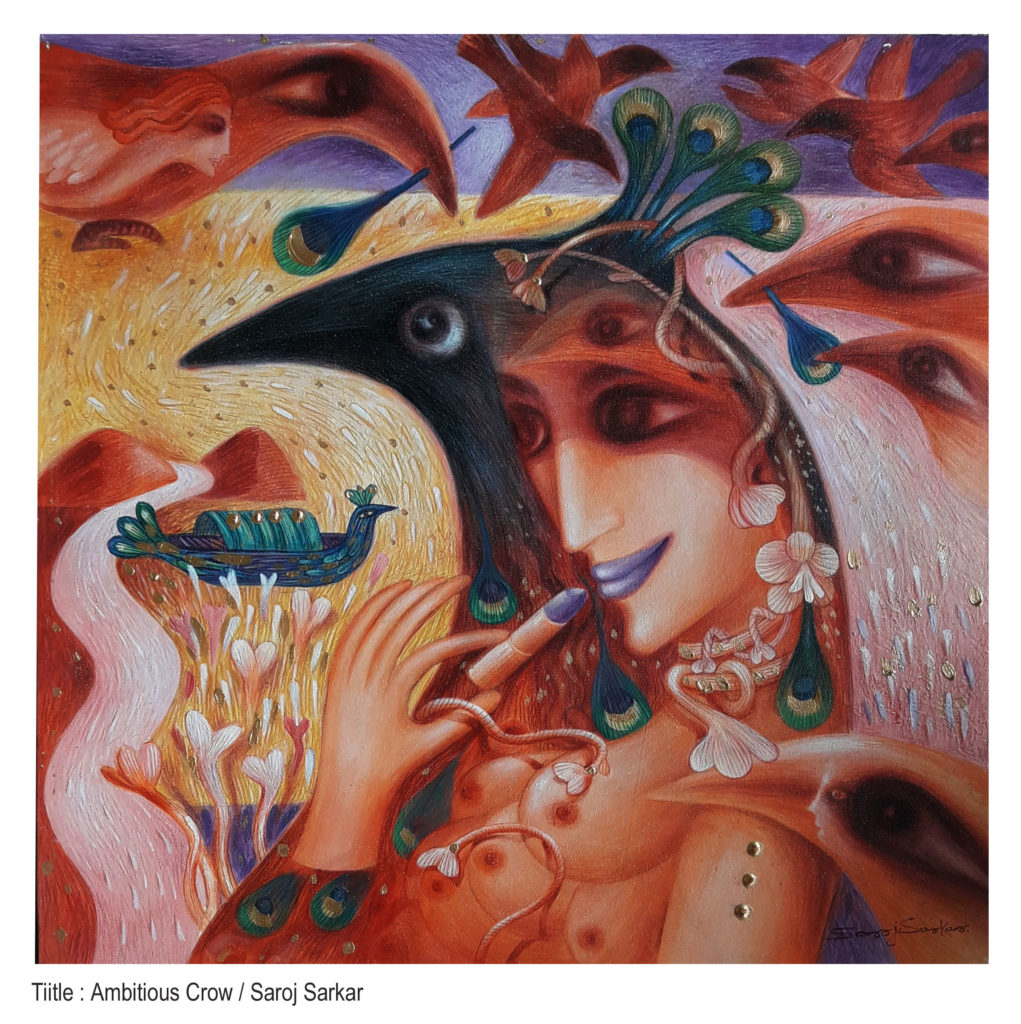
Is the artistic life lonely? What do you do to counteract it?
Not at all, I feel when an artist is painting or any creative work is being done, it is like ‘meditation’. In my personal experience, when I start painting, I feel I underwent a colorful long journey of happiness, which is like meditation for me.
What role does art funding have?
Funding provides the space for artists to take risks and make the leaps that challenge us to think differently – which is exactly what great art should do. On the other hand, funding the arts is an investment, an investment that reaps huge rewards. Funding of art activities creates bonding between art and economy also increases the aesthetic sense of our society
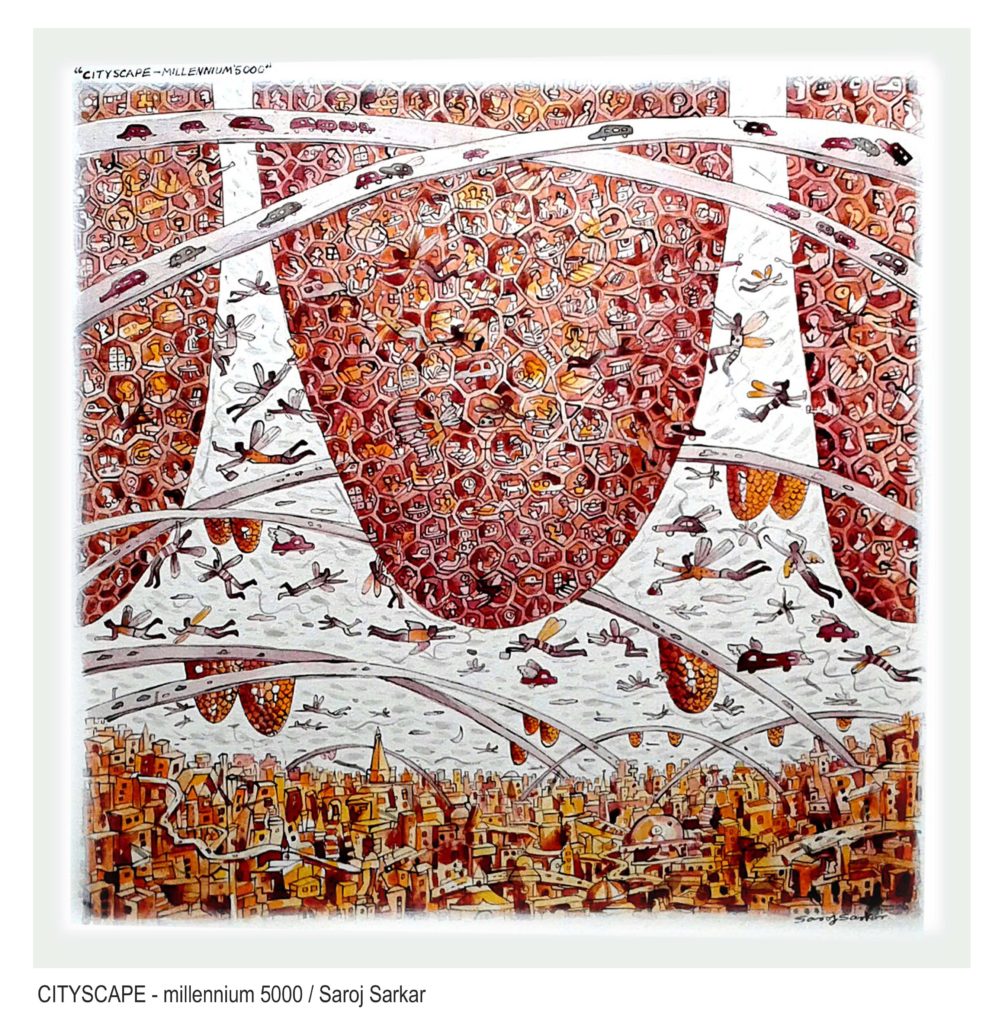
Name three artists you’d like to be compared to.
Actually, I don’t want to compare with other artists because each artist has an individual style of work, concepts, thought and their philosophy.
What’s the best piece of advice you’ve been given?
After finishing your painting – criticize your own work.


